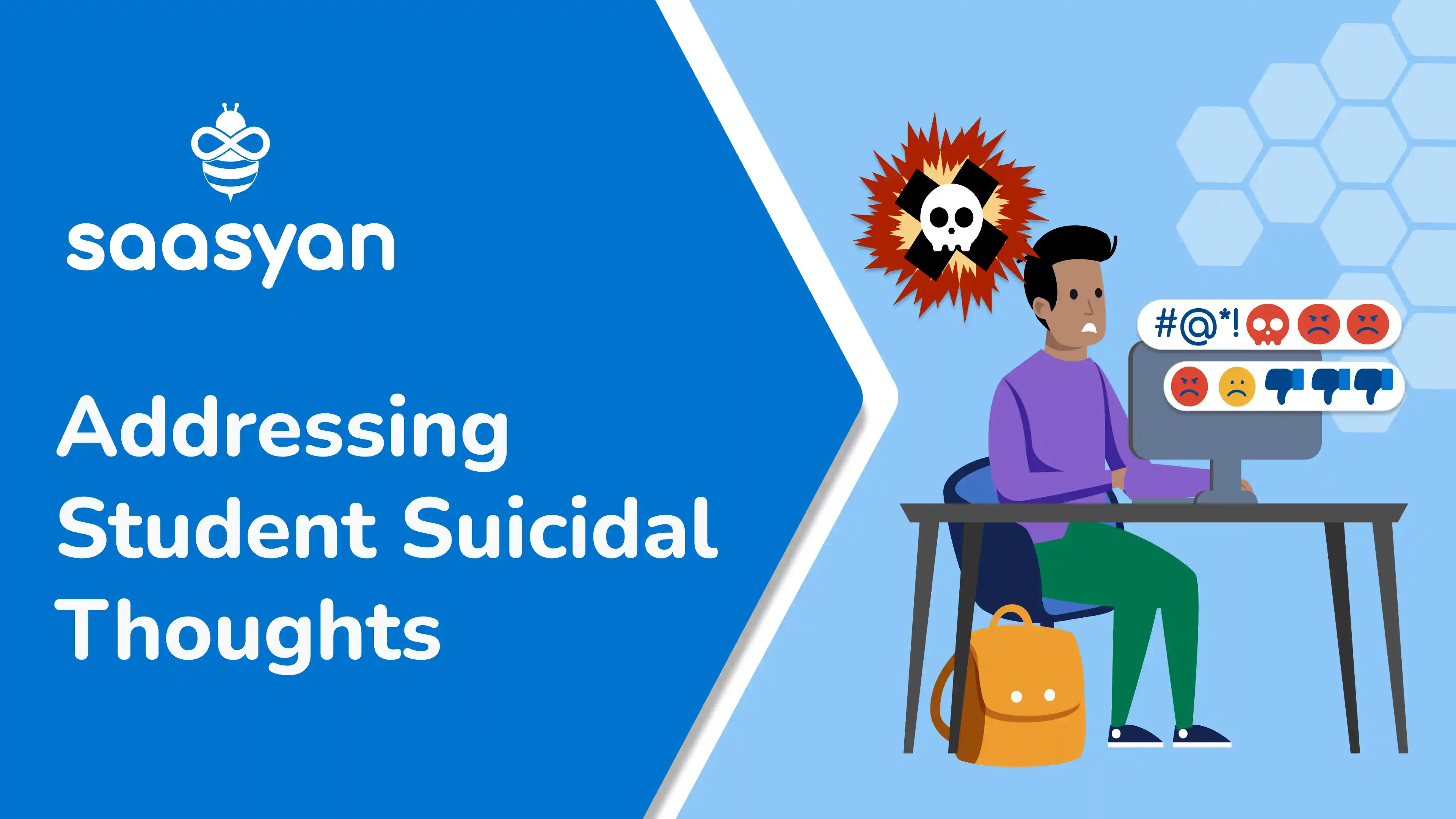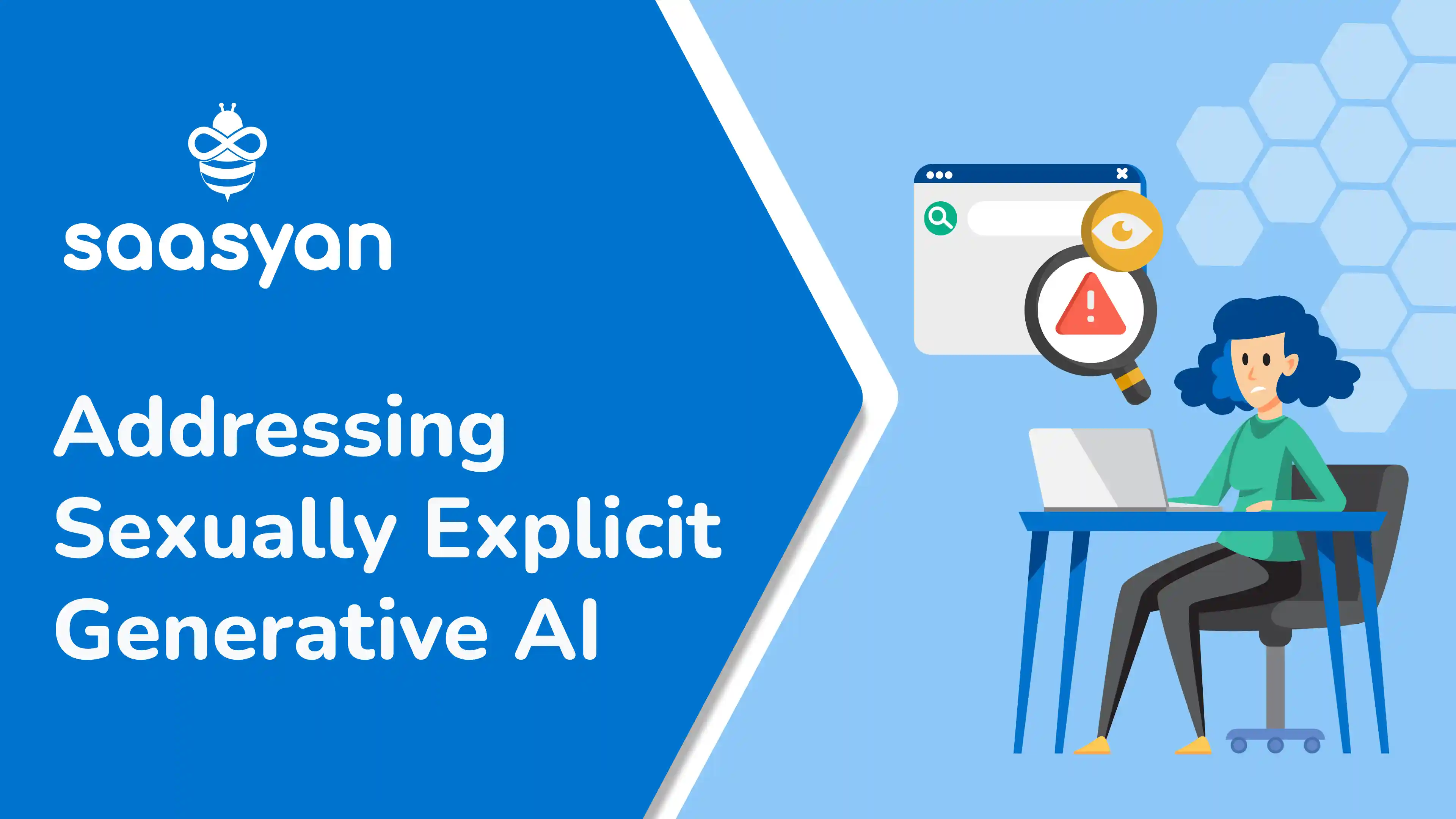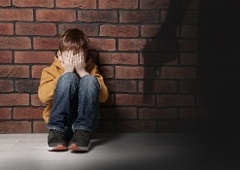Report Cyberbullying And Get The Help You Need
Quick Help For Kids If you suffer from bullying, the most effective method to prevent and overcome bullying is to bring it up and report it....
3 min read
 Saasy
10:17 AM on October 11, 2024
Saasy
10:17 AM on October 11, 2024

Suicide is the leading cause of death for young Australians aged between 15-24. In 2022, suicide represented 31.8% of all deaths in young people aged 15–17, almost double the rate from 2001.
Unfortunately, many schools have been faced with the heartbreaking reality of losing a student to suicide, with the loss of that student affecting not only their family, friends and loved ones, but the wider school community as a whole.
This blog serves as a basic guide on recognising the early warning signs of suicidal intent in students, in addition to what to do if a child at your school commits or attempts to commit suicide either at school or outside of school.
Note: the information provided in this post serves as a guide only. Please contact a mental health professional or other relevant expert if you have any concerns about a student at your school.
Unfortunately, any child can be at risk of committing suicide; however, some groups have a greater risk than others.
Children who have been exposed to suicide before, have engaged in non-suicidal self-injury, LGBT and gender diverse children, Indigenous children and those who are in the care system or have a mental illness exhibit a greater risk of suicidal ideation.
Given that anyone can be at risk of committing suicide, it is important to understand some of the early warning signs so that early intervention can hopefully prevent a tragedy.
There are many factors that could contribute to a student harbouring suicidal ideation, with some examples being:
Students who are harbouring suicidal thoughts may exhibit some of the following behaviours:
If you suspect a student is suicidal, it is essential to act right away.
Even if your suspicions end up being incorrect, it’s better to act rather than to ignore the issue, potentially losing a student in the process.
Staff have a duty of care to take reasonable steps to protect children from harm. Most schools should have some kind of emergency response procedure in place for staff to follow if a situation such as a student suicide or suicide attempt occurs on school grounds.
These plans will be specific to each school, but follow the general structure below:
Witnessing a suicide attempt and/ or the aftermath of the attempt can be traumatic for staff and students, and steps should be taken to provide them with support, usually in the form of access to a school counsellor.
If you hear that a student has attempted suicide outside the school environment, it’s important to get the facts of the situation so a proper support plan can be created.
Contacting the police and the student’s parents or carers will ensure you have all the relevant facts and information to properly support the student when they return to school.
There will likely be rumours going around the school or a particular year level about the incident. While there will no doubt be inaccuracies, it is still important to take note of what is being discussed as it may help full in some blanks.
Losing a classmate to suicide or witnessing a suicide attempt can be traumatic for students of any age, as well as staff.
Students and staff should be provided with counselling and be clear on how and where to access these services.
Everyone deals with trauma differently. Take the time to process your own feelings and encourage staff to keep a close eye on students after the event.
Suicide and suicidal intent are a growing problem among our youth.
By recognising the signs, understanding what might lead to this kind of thinking and intervening early, we stand a better chance at preventing a tragedy before it occurs.
Victoria: Guidelines to assist in responding to attempted suicide or suicide by a student
South Australia: Supporting children and students with self-harm or suicidal thoughts
Western Australia: School response and planning guidelines for students with suicidal behaviour and non‑suicidal self‑injury
New South Wales: Management of suicidality and nonsuicidal self-injury. Guidelines for school counselling staff working in Catholic Schools in NSW
Mental Health First Aid Guidelines https://www.mhfa.com.au/wp-content/uploads/2023/12/MHFA_Suicidal-Thoughts-and-Behaviours-Guidelines.pdf

Quick Help For Kids If you suffer from bullying, the most effective method to prevent and overcome bullying is to bring it up and report it....

Generative AI has advanced significantly in a relatively short period. Platforms such as ChatGPT, Dall-E 2 and Microsoft Copilot allow users to enter...

We are often painfully aware of the lasting trauma of those directly involved in school shootings, but what about the silent victims? What impact...